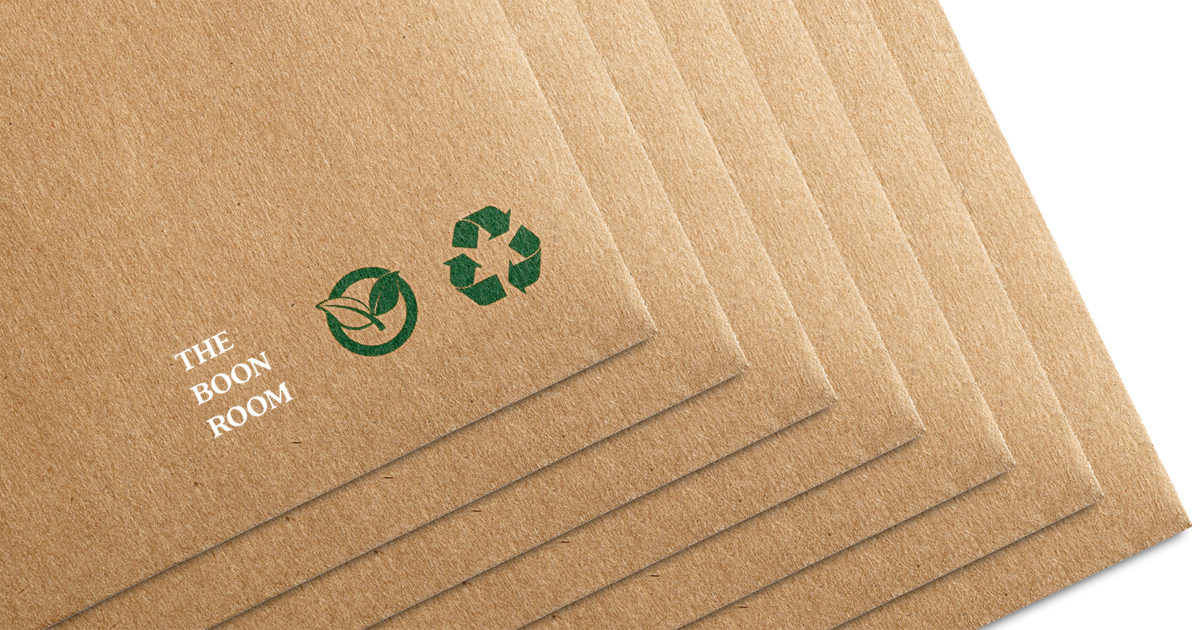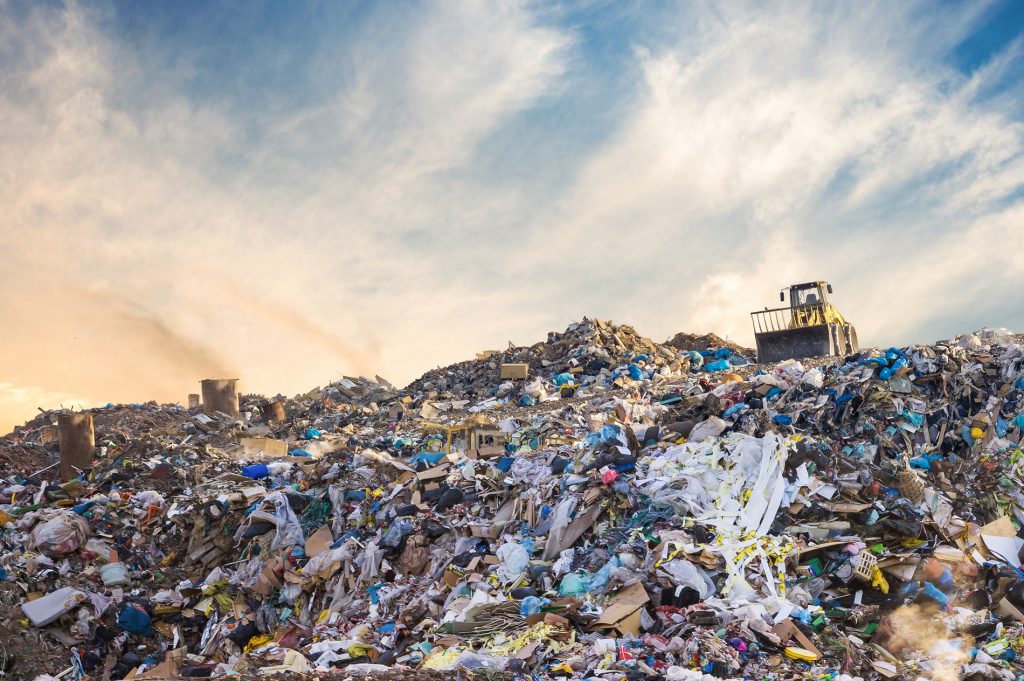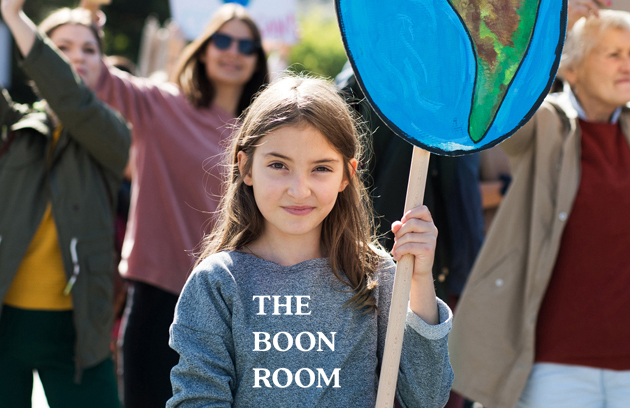What You Will Learn on this Page
The booming cannabis industry continues to grow, with more companies than ever offering a dizzying array of cannabis products. And, as with any growing industry, some businesses will be more successful than others. In today’s culture, sustainability and environmental responsibility are key drivers that can determine which companies will be the most successful. Those that demonstrate more sustainable and ethical business practices will attract more consumers and investors, rising above the competition.
The cannabis industry is no different. Consumers expect quality but they don’t want to feel guilty for having it. In today’s world, sustainability will drive this market as well. However, this industry has only been legal for a short period of time. Because of its newness, it comes with its own unique complications.
Sustainability In The Cannabis Market
Today’s consumers, especially Millennials and those from Gen Z are increasingly concerned with sustainability and ethics in the products and companies they support – and that’s true across all industries. In the 2019 Retail and Sustainability Survey from CGS, it was found that two thirds of consumers take sustainability into consideration when making a purchase. Additionally, these consumers are willing to pay more for sustainable products. These more conscientious consumers, along with investors, employees, and governmental agencies are all driving companies towards more sustainable options.
In the cannabis industry, sustainability can be a trickier issue. There seems to be a lack of clear guidance for how to make this agricultural-based business more sustainable. Cannabis production and consumption is only very recently legal in many areas, so very little research and data exists for best industry practices.
Cannabis Growing And Energy Usage
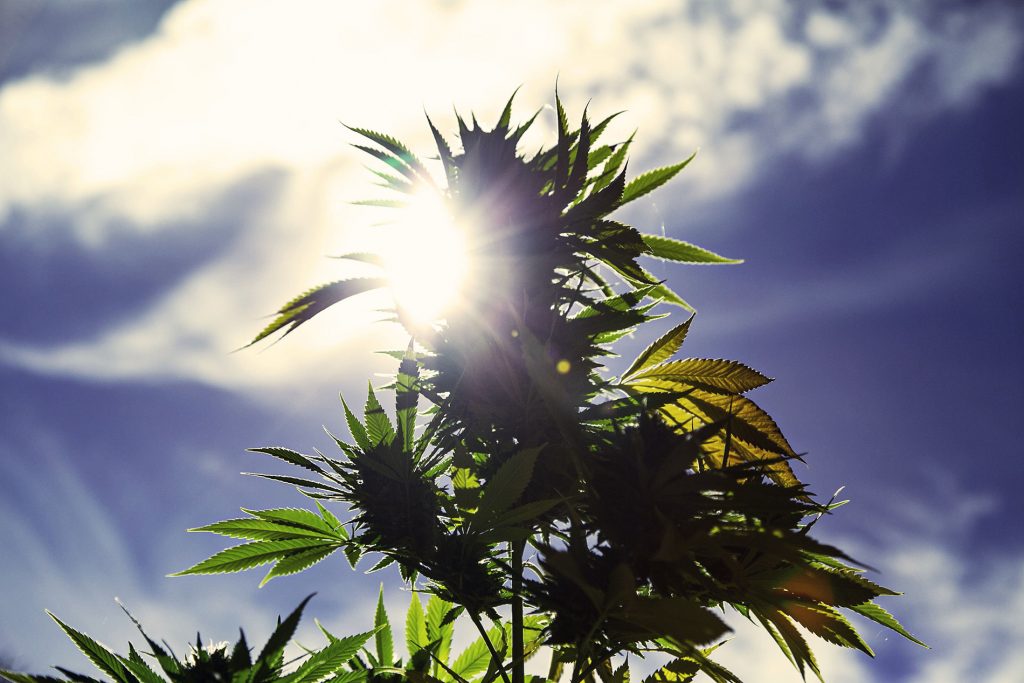
Many cannabis growers utilize indoor cultivation methods, which can help save on water usage, but it is far more energy-intensive. Before cannabis products were even legal in the U.S., the industry used a full 1% of the country’s energy. And in areas where the industry is now booming, as in Denver, CO, this percentage is much higher. And while indoor growing is more convenient for cannabis, the building codes are not. Current building codes that focus on the insulation and HVAC efficiency of a building can make growing cannabis more difficult, or more energy intensive.
Many cannabis growers are looking to implement more sustainable growing practices and reduce their overall carbon footprint. They can do this by using solar power, installing LED lighting, using water reclamation systems, growing outdoors, or other solutions.
Packaging Accountability In The Cannabis Market
It’s not just the growing practices that could stand some environmental improvements. The packaging used to deliver the cannabis products to the customer creates a lot of unnecessary waste, and unfortunately many state laws require certain types of packaging, or even required excesses in packaging. The boom in the cannabis product industry, along with packaging excess and regulations requiring non-recyclable materials means the cannabis industry is responsible for tons of new waste, going straight to the landfills.
Check out these examples of regulations that affect the amount of packaging waste in the industry:
- In Washington state, every single product needs to be individually wrapped, even if part of a multi-serve package. This is meant to mitigate contamination and make it more difficult for children to get into but creates excessive packaging waste. Every liquid product must also include a dosing cup, adding extra, unnecessary plastic to these items.
- Los Angeles requires cannabis edibles to be packaged in Mylar “exit bags” – a multi-layer material that cannot be recycled.
- The label requirements on cannabis packaging can vary state to state, but many require specific caution logos, warnings, and extra information, even on a small product. Massachusetts has very specific requirements about information that must be included on every product. All this extra information is intended to increase product safety, but adds to the excessive packaging issue, as labels need to be much larger, and larger packages to accommodate extra labels.
Of course, many of these regulations are in place to ensure the integrity and safety of the product, especially when around children. But there are better ways of accomplishing the safety goals, while showing a greater concern for sustainability.
Sustainable Cannabis Packaging Solutions
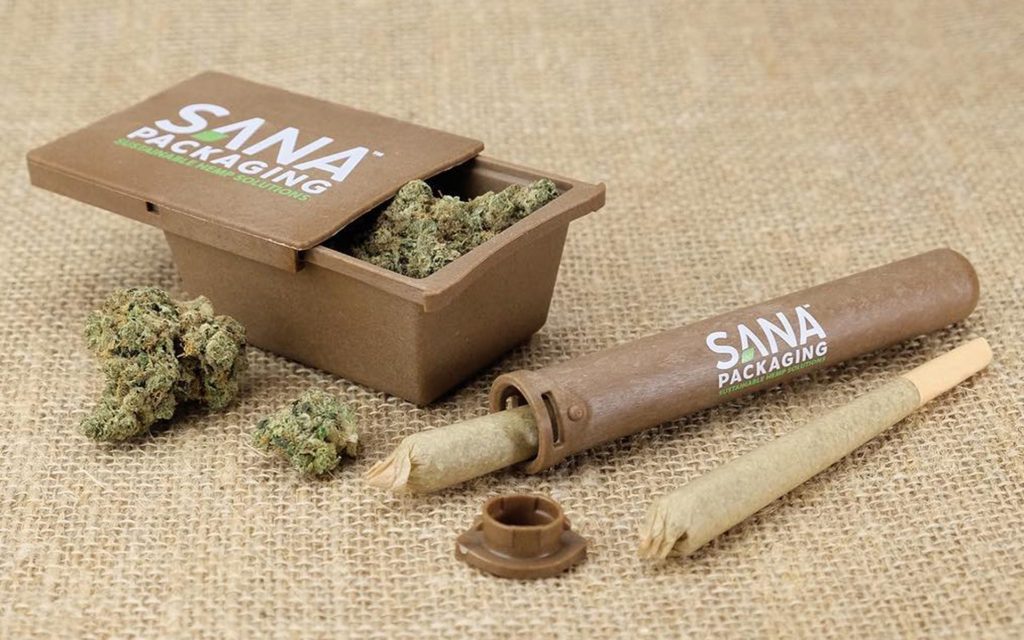
Thankfully, even with all the current regulations, industry leaders are finding ways to make their cannabis packaging more sustainable. One of the problems with this is finding recycling programs that will accept the packaging — and manufacturers willing to buy the recycled material. Some of the packaging can be re-used or repurposed, but much of it is made from non-recyclable materials. Some companies and innovators are looking to find ways to recycle these items in the future.
One solution that could reduce some of the packaging used is to utilize QR codes on packages. Many cannabis products are required to include massive amounts of information on their labels, necessitating extra labels or even bigger packages to accommodate the huge labels. If some of this information was online instead, and accessible by easy-to-use QR codes, the packaging could be reduced in size.
Cannabis industry leaders can work with governments and policymakers on some of these issues as well, like changing regulations that require nonrecyclable materials to be used for packaging. They can also work towards federal legalization, as this would come with national regulations and possible tax breaks for sustainable growing practices for farmers and sustainable business practices.
Hemp Biodegradable Packaging
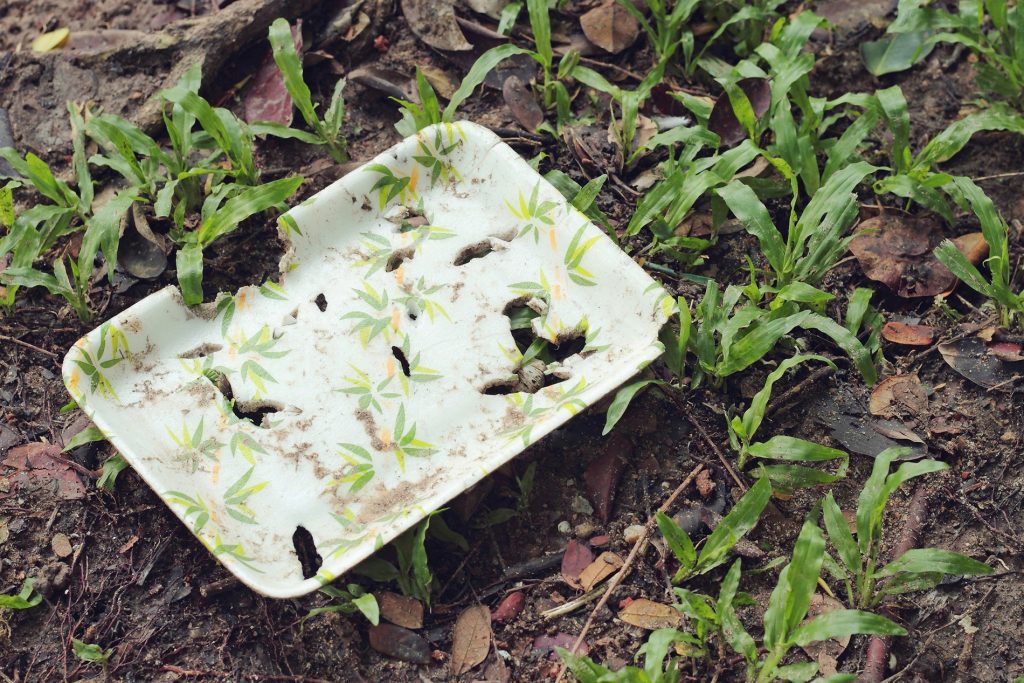
One of the most promising innovations in cannabis product packaging is the use of hemp biodegradable packaging. Most plastics are made up of cellulose, and much of it is petroleum based. However, cellulose can also easily be manufactured from hemp, which is a much more environmentally friendly option.
The benefits of using hemp to make plastics are numerous. Hemp plastics are:
- Non-toxic
- Pesticide free
- Recyclable
- Biodegradable in six months
- Lighter than petroleum plastics
- Stronger than petroleum plastics
As a crop, hemp grows to maturity quickly and does not need as much water as many other varieties of crops, making it an ideal choice for plastic manufacturing. In addition, hemp plastics can be made from waste streams of hemp, meaning the leftovers of the hemp plants that are grown for other purposes.
Leaders in the cannabis industry — both current and future — will need to make sustainability a focus to keep consumers happy and ensure minimal environmental impact. That’s one reason why you can rely on the Boon Room. We hope our focus on sustainable practices in cannabis industry will help the leaders in this space look for even more ways to make their products and business practices more environmentally friendly. With a focus on the regulations at the government level, as well as the smaller actions that consumers can take, such as recycling packaging, we can have a more environmentally friendly cannabis industry, that is more sustainable for the future of our planet.

The Boon Room is more than a website, brand or service. It’s an idea. It’s a project. It’s a mission. It’s a coming together of companies, investors, cultivators, manufacturers, distributors, retailers and inspired entrepreneurs who believe businesses need to look for ways to invest in sustainablity.
